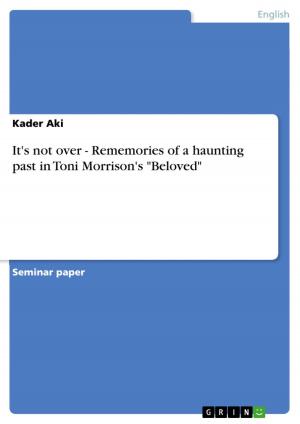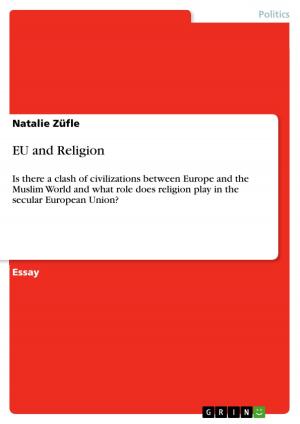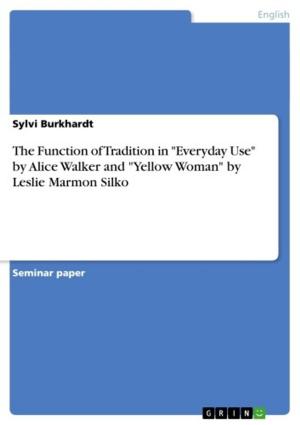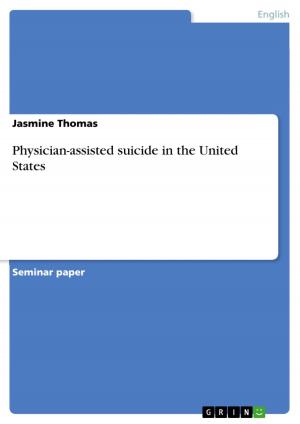'Interview with the vampire' and 'Wuthering Heights' and the diabolical reversal of the nuclear family
Fiction & Literature, Literary Theory & Criticism, British| Author: | Bianca Stärk | ISBN: | 9783638571364 |
| Publisher: | GRIN Publishing | Publication: | November 20, 2006 |
| Imprint: | GRIN Publishing | Language: | English |
| Author: | Bianca Stärk |
| ISBN: | 9783638571364 |
| Publisher: | GRIN Publishing |
| Publication: | November 20, 2006 |
| Imprint: | GRIN Publishing |
| Language: | English |
Seminar paper from the year 2003 in the subject English Language and Literature Studies - Literature, grade: 2,3, Victoria University of Technology, Melbourne (Faculty of Arts, Education and Human Development), course: Popular Fictions, 13 entries in the bibliography, language: English, abstract: Both novels are filed under Gothic fiction. Gothic always represents 'otherness'. 'Gothic fiction,..., frequently represents the ways in which both family and class, ..., are threatened or attacked by the 'dark forces' of transgressive sexuality, illicit desires, and unsanctioned class mobility'(Niqi:1). The Gothic centre is 'the realm of the family and the domestic and the class structures'(Niqi:2). Anne Williams argues that 'the Gothic myth' (Williams: 22) is the patriarchal family. Gothic is determined by the rules of the family because family structure also generates the plots within Gothic. 'Gothic plots are family plots, Gothic romance is family romance.' (Williams: 22) In the English language plot also means 'an area of ground' and therefore the 'Gothic myth' has special kinds of settings. Not every story can take place in a haunted castle.
Seminar paper from the year 2003 in the subject English Language and Literature Studies - Literature, grade: 2,3, Victoria University of Technology, Melbourne (Faculty of Arts, Education and Human Development), course: Popular Fictions, 13 entries in the bibliography, language: English, abstract: Both novels are filed under Gothic fiction. Gothic always represents 'otherness'. 'Gothic fiction,..., frequently represents the ways in which both family and class, ..., are threatened or attacked by the 'dark forces' of transgressive sexuality, illicit desires, and unsanctioned class mobility'(Niqi:1). The Gothic centre is 'the realm of the family and the domestic and the class structures'(Niqi:2). Anne Williams argues that 'the Gothic myth' (Williams: 22) is the patriarchal family. Gothic is determined by the rules of the family because family structure also generates the plots within Gothic. 'Gothic plots are family plots, Gothic romance is family romance.' (Williams: 22) In the English language plot also means 'an area of ground' and therefore the 'Gothic myth' has special kinds of settings. Not every story can take place in a haunted castle.















